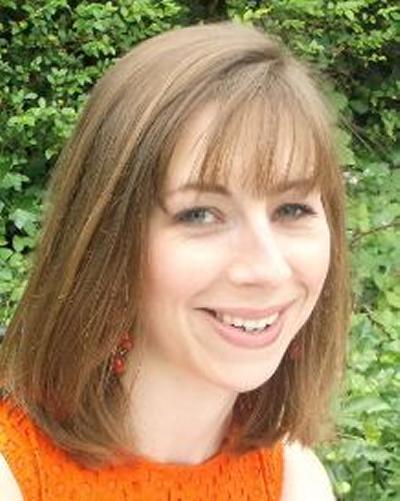My undergraduate degree, undertaken at Oxford University, gave me an extensive grounding in the vast canon of English literature, as well as more detailed knowledge of the Victorian period. For the past eight years I have felt privileged to develop and pass on my knowledge through teaching.

Alongside this, I have been running a business as a couture milliner, building on previous experience of working within the fashion industry.
Two years ago I embarked on an M.A. at Southampton, where, through the freedom of interdisciplinary study, I have unified my interests in history, literature and fashion, whilst gaining a comprehensive understanding of the long eighteenth century. My dissertation has looked closely at Jane Austen’s own management of clothing, whilst, through collaboration with Chawton House, I have created historically accurate bonnets and hats that have been used for educational and fund-raising purposes. Though focus will shift to a later period, my dual interests will continue to be drawn together in my PhD – Decoding Clothing: Charlotte Brontë, ‘Plainness’ and the Language of Dress.
Research:
In 1865, Sarah Josepha Hale, editor of The Ladies Magazine declared, “dress reveals more clearly than speech expresses, the inner life of the heart and soul….and the tendencies of individual character.” Despite such strong endorsement of the significance of dress, Hale had for the first three years of her editorship, refused to allow fashion plates to be printed, believing they encouraged vanity and decadence. One is led to question how the seemingly innocuous subject of dress could ignite such passion. Yet Hale was not alone; her fellow author, Charlotte Brontë, had a similarly complex relationship with clothing and appearance. Crippled with insecurity over her “plainness” and initially constrained by finance, Brontë’s response to stylish dress and unobtainable beauty was paradoxical; oscillating between fascinated admiration and prudish disapproval. Success as an author only raised new challenges. The triumph of Jane Eyre and subsequent publication of Villette under her own name in 1853 brought fame and financial freedom. Now with an entrée into the fashionable life from which she had been previously excluded, she immediately harnessed the power of dress, by investing in a new wardrobe.
My proposed area of research, entitled, Decoding Clothing: Charlotte Brontë, ‘Plainness’ and the Language of Dress, will allow me to pursue a growing interest in the way people express their personal, inner conflicts and the prevalent preoccupations of their era in the way that they chose to dress. Using Brontë as a case study, examining closely her surviving garments and drawing on her huge body of work, I hope to shine a spotlight on the writer’s complex relationship with dress.

Follow Eleanor:
Follow Eleanor and her work on Eighteenth and Nineteenth Century Millinery on Facebook here.